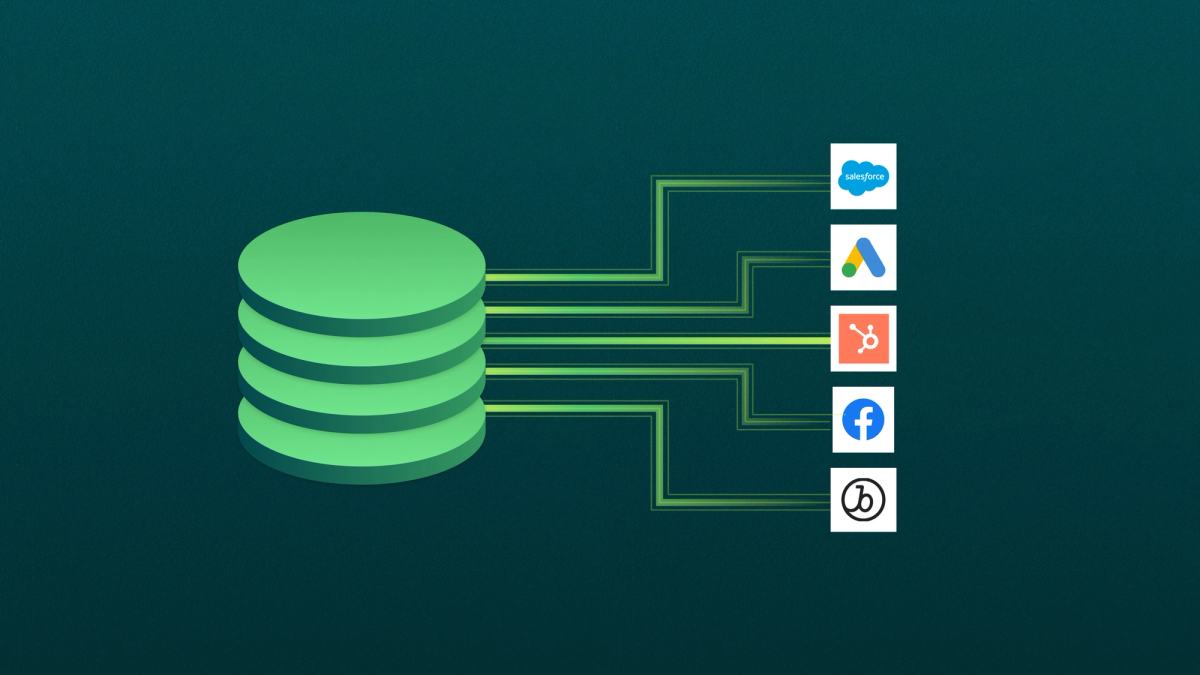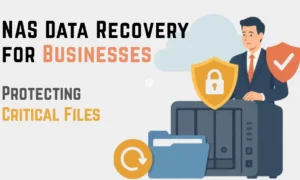Businesses learn more about their customers through various touchpoints, whether that’s through real-time support queries, items in their cart, or online reviews. The amount of data received from these customer interactions can be overwhelming. That’s why business owners need a solid utilization strategy, or their company can fail.
There are two ways you can handle the data: with the help of a customer data platform or data warehousing. Each presents a different opportunity for you to manage your company’s data. We’ll break down more about each below.
What is a Customer Data Platform?
A customer data platform or CDP is a type of software package with a centralized database that integrates and manages data to other solutions. As a result, the data is packaged together to improve the customer experience. The data collected by the CDP is known as a single customer view, which helps businesses find unified truth about their customers.
With the help of a customer data platform, companies can enhance their marketing campaigns because they know what their clients are looking for. The increased efficiency in customer experience is bound to have an impact on overall revenue.
How Does a CDP Work?
A customer data platform uses built-in connectors to link multiple technology platforms. The data received from these sources include:
- Real-time interaction data
- Customer support queries
- Devices used
- The marketing campaign that attracted the customer
As mentioned, the collected data is integrated into a single unified point, creating a customer profile. Following the integration process, data third-party resources are used to update or fill in missing attributes of data sets.
What is Data Warehousing?
Data warehousing is a type of data management system that’s useful for business intelligence and analytical operations. The data stored within these networks come from a variety of sources. However, once they reach the warehouse, they are consolidated and help derive better business insights. So unlike a CDP where the data is changed, a data warehouse keeps the information the same.
A typical data warehouse includes:
- An extraction, transformation, and loading (ETL) solution for preparing the data
- The potential to analyze, report, and data mine
- Other analytical tools to present data on a different scale
Which Method is Better for Your Business?
Determining whether a CDP or data warehouse is better for your business will depend on your needs. However, knowing the pros and cons of each is essential before choosing a solution. Some benefits of a CDP include:
- The ability to build unified customer profiles
- Creating personalized experiences for clients
- Improving customer experience
- Gaining insights on marketing campaign performance
These are significant benefits your business can avail of. But some cons come with using a CDP, such as:
- Sacrificing data quality
- Not understanding what to do with multiple data sets
- Lack of advanced analytics
On the other hand, a data warehouse has advantages like:
- Analytical capabilities that you use past performance to inform current company decisions
- Sharing data across multiple departments
- Enhanced data quality
- Cost-effective
To some, data warehousing may seem like the better option for their business. However, it might not be because of disadvantages that include:
- Needing technical expertise to run reports
- Time-consuming efforts when running an ETL process
- Data is at risk since it comes from multiple sources
- Needing a lot of resources to handle data from various places
Can You Use a CDP and Data Warehouse Together?
Since you’re aware of the pros and cons of each, it may be even more challenging to choose a solution for your business. The beauty is you don’t have to make that decision; data warehousing and a CDP can work together.
Since each has faults the other can cover, it’s up to you to determine how to implement the best data enrichment strategy. For example, although a CDP can create unified customer profiles, businesses often have trouble figuring out specific customer actions. But with the help of a data warehouse, it’ll make it easier to figure out the cause behind those actions.
Remember, data warehouses store past data to help business decisions. The remnants of consumer actions will make it easier to determine their reasoning behind specific interactions. As a result, the business can use that “why” to tailor particular campaigns toward customers.
Your Business Deserves Better
There are glaring differences between a customer data platform and a data warehouse. You may want to choose one to enhance your company’s success, but that decision can be tricky. Instead, try to figure out a strategy to utilize both strengths to bring your business’s tech solutions to a new level.
































































